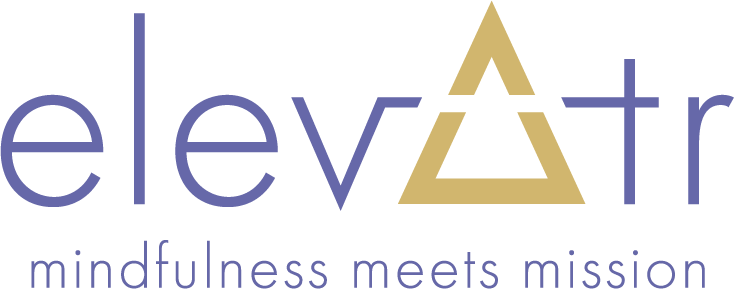For centuries, lighthouses have stood for safe harbor. It’s no wonder these guideposts have emerged as an enduring symbol of trust. They were built to guide sailors through turbulent waters in the dark of night.
The same can be said for strong leaders. In fact, according to a Great Place to Work study, organizations with high levels of trust outperform market indices by 3.36 times more than those with lower trust levels.

But what makes a leader really great when it comes to trust-building behaviors? These four often-overlooked abilities stand out.
Discernment: Navigating Priorities
Early in my career, I worked in the PR department of a world-class medical institution. Our team was burning the candle at both ends, and we asked the director to establish a weekly priorities list so we knew where to place our focus. The first of these lists contained 23 projects. The second (and last) list contained 16. Trust-building? Not so much.
Discernment means more than being decisive. It means making informed choices—often tough choices—that clear away what isn’t necessary or doesn’t work. Discerning leaders act from an intuitive compass that helps them distinguish what’s important right now from what can wait. Their “true north” aligns with the organization’s long-term impact and fosters the well-being of their teams.
Articulation: Crafting a Clear Vision
Effective communication is an obvious trust-building trait, but articulation goes a step further. Articulate leaders are able to create a compelling vision—one that is so clear and consistent that team members can internalize it, share it, and be inspired by its shared purpose.
The best leaders also know it’s not enough to express ideas coherently. They need to connect emotionally. When a leader vividly and enthusiastically paints a path ahead, team members rally behind the vision and demonstrate trust in the person who’s guiding them to success.
Calm Confidence: Staying Steady in the Storm
A leader’s demeanor plays a crucial role in trust-building amidst challenges. Calm confidence means you show grace under pressure, instill stability, and move beyond mistakes to solutions.
In a previous executive director role, my board chair and I used to say we supported a “low-drama” workplace. That can only happen if you lead by example. Calm confidence assures team members that, regardless of the storm, their leader remains resolute and capable, building trust through good times and bad.
Strategic Thinking: Exploring Beyond the Horizon
What leader wouldn’t want to amplify their organization’s impact and—at the same time—reduce their sense of overwhelm? Strategic thinking makes it possible. It unlocks the ability for teams to understand the long game.
Trust flourishes when a leader can anticipate challenges, envision opportunities, and align them with the day-to-day work of the organization. This is strategic thinking in action. It relieves the pressure of “never enough” and fosters intentional progress that illuminates the path to success.
Want to hone your trust-building leadership skills? Sign on for our 1:1 Executive Presence Coaching Package, designed for leaders who are new to the role of nonprofit Executive Director/CEO and want to accelerate their on-ramp to impact.
